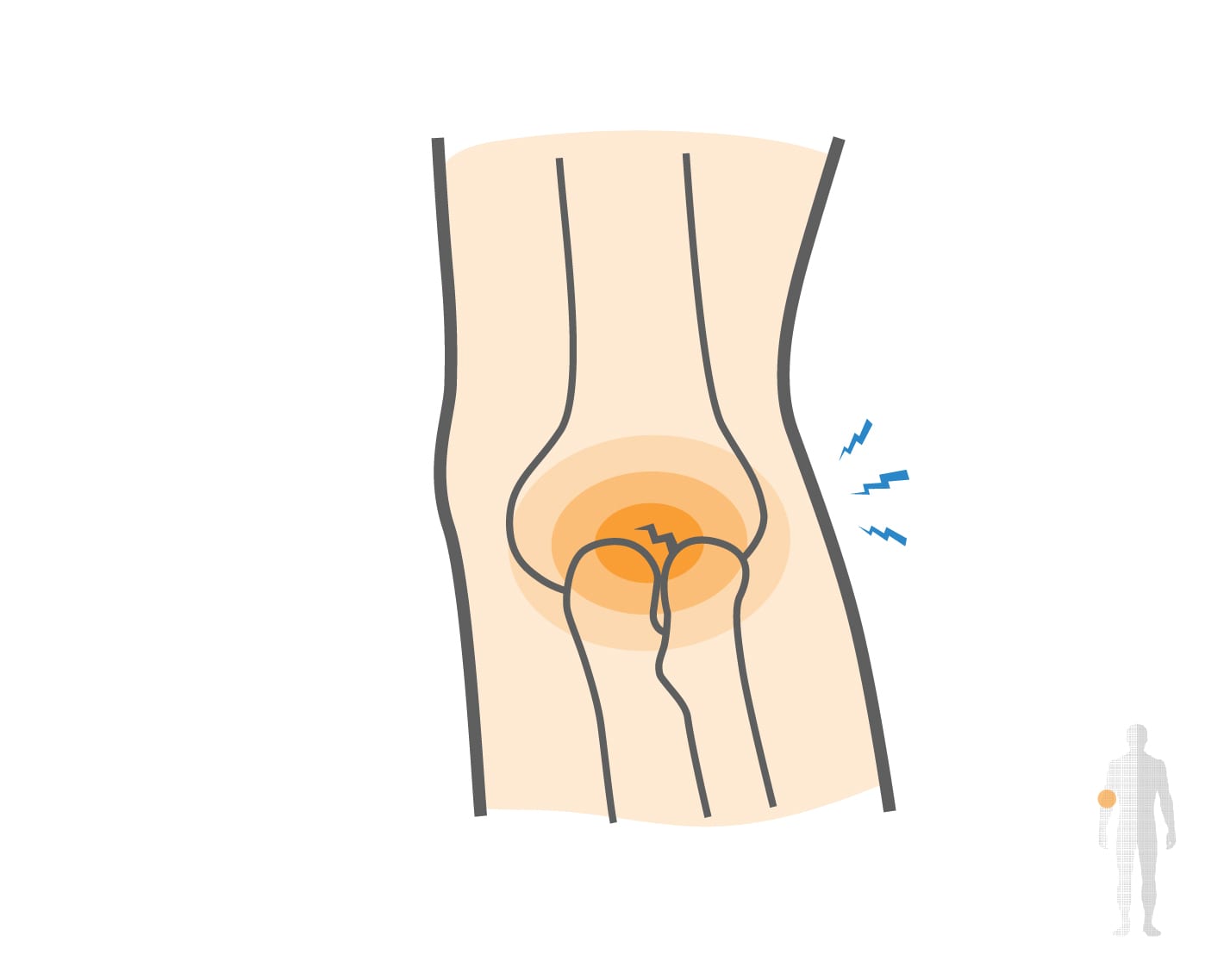Osteoarthritis in the elbow, also known as elbow joint degeneration, is defined by the loss or damage to the cartilage, either by being worn down over time or damaged due to injury. It is uncommon: It most often occurs in joints that bear much of the body’s weight, like the hips or knees. Elbow arthritis can result in elbow pain and affect the arm’s range of motion, making it challenging to participate in some sports.
Osteoarthritis of the elbow generally occurs due to:
• Wear and tear
• Aging (as we age, we are more likely to experience degeneration of cartilage)
• Repetitive activity over time (throwing sports)
• Traumatic injuries such as a fracture or dislocation


